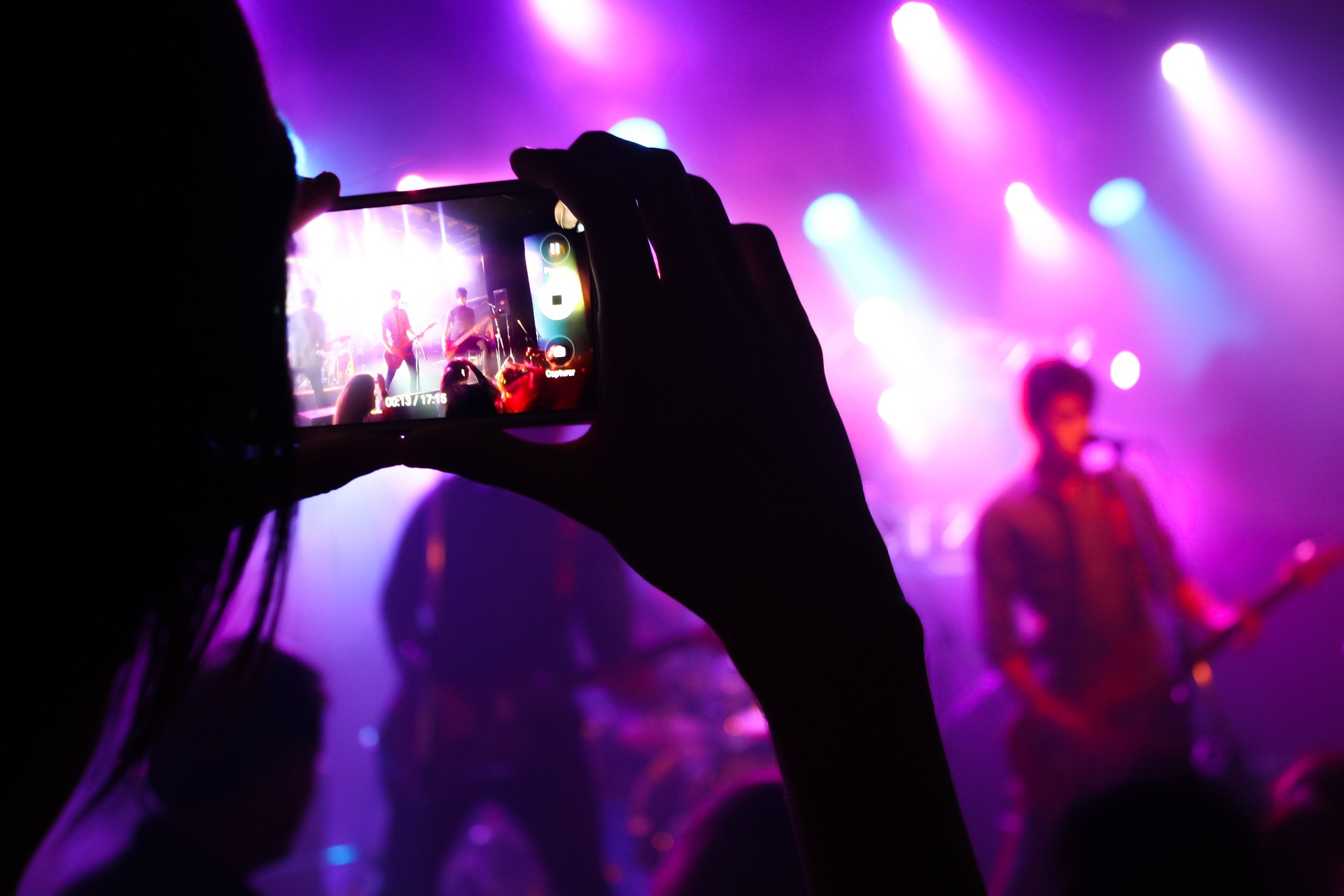Reimagining Reality: The Surge of Virtual Reality in Performing Arts
In an age characterized by technological innovation, virtual reality (VR) has rapidly permeated various sectors, transforming our interaction with the world. The performing arts, known for its rich traditions, has been no exception. Welcome to a deep dive into the surge of VR in performing arts, a revolution that's reshaping creative expression.

The Genesis of Virtual Reality in Art
Virtual reality entered the world of arts with a tentative step. In the late 20th century, artists and technologists began to experiment with the potential of this immersive technology. Initially, these endeavors were seen as mere novelties, interesting but not particularly impactful on the art world. However, with the continual development of VR technology, its applications in art have become increasingly sophisticated. Today, VR is considered a legitimate and powerful medium in the arts.
The Current State of VR in Performing Arts
Fast forward to the present, VR is now a significant part of many performing arts experiences. Theaters, dance companies, and even opera houses are increasingly integrating VR into their productions. This trend has accelerated in the wake of the global pandemic, as many live performances were forced to move online.
The Impact and Significance of VR in Performing Arts
The integration of VR into performing arts has had numerous effects. For the audience, VR offers an immersive experience that traditional performances simply can’t match. Viewers can be transported to different worlds, experiencing performances from all angles and perspectives. For artists, VR opens up a new realm of creative possibilities, allowing them to transcend physical limitations and explore new forms of expression.
Reception of VR in Performing Arts
While some purists may argue that VR dilutes the authenticity of performing arts, the general reception has been overwhelmingly positive. Critics and audiences alike have praised the enhanced engagement and unique perspectives that VR offers. Furthermore, the use of VR has been lauded for its potential to democratize access to the arts, allowing people worldwide to experience performances they might otherwise never have the chance to see.
Looking to the Future: The Role of VR in Post-Pandemic Performing Arts
As the world gradually recovers from the pandemic, the use of VR in performing arts is expected to continue growing. The pandemic has underscored the power of VR to keep the arts alive in challenging times. As technology continues to improve, we can expect even more innovative and immersive VR experiences in the performing arts.
In conclusion, VR is not merely a fad in performing arts. Rather, it’s a powerful tool that’s transforming the way we create and experience art. As we move forward, the fusion of technology and creativity will continue to redefine the boundaries of artistic expression.




